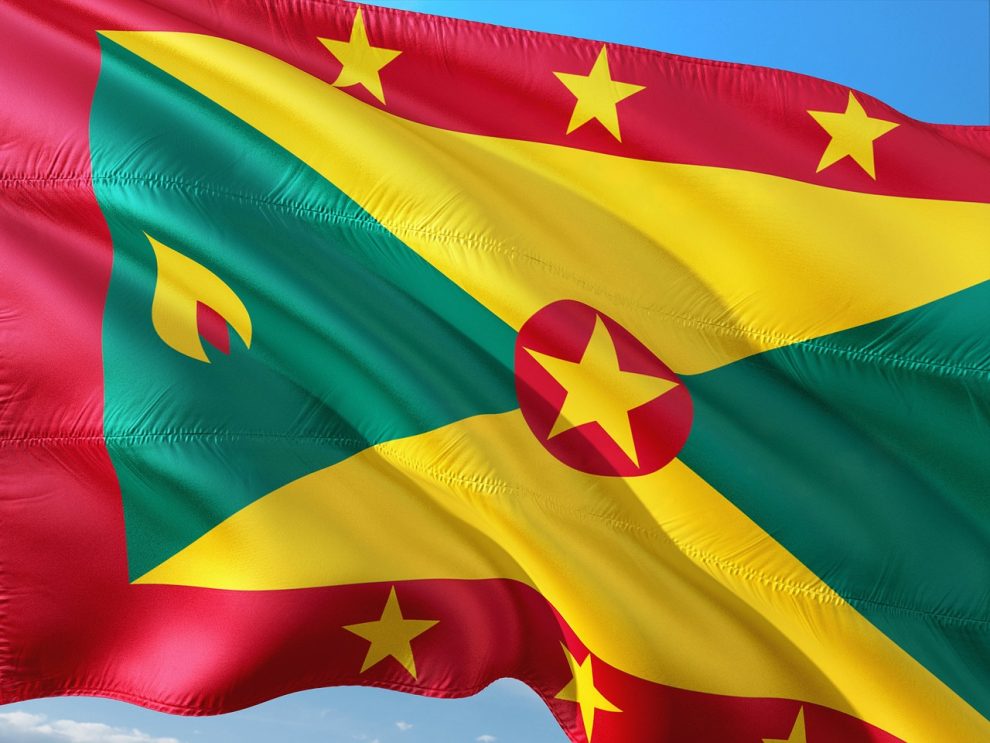On July 13, 2018, the Executive Board of the International Monetary Fund (IMF) concluded the Article IV consultation with Grenada.
- The Grenadian economy grew by an estimated 4½ percent in 2017, driven by strong activity in construction, tourism, and education sectors. Weather-related weakness in agriculture has, however, been a headwind.
- In 2018 and 2019, the economy is projected to grow by 3½ percent benefiting from supportive global economic conditions and continued strength in construction and tourism. Thereafter, growth is expected to ease to the long-term potential rate of 2¾ percent.
- Unemployment fell from 28 percent in 2016 to 23.6 percent in 2017.
- Inflation is low, falling below 1 percent, supported by the peg to the US dollar. The 2017 current account deficit increased by 3½ percentage points of GDP to 6¾ percent of GDP, reflecting rapid import growth. The fiscal situation improved further in 2017, with the government overperforming the targets of the Fiscal Responsibility Law (FRL).
- The primary surplus increased to 5¾ percent of GDP while public debt fell below 71 percent of GDP at end-2017 from 82 percent of GDP in 2016.
- Inflation is expected to edge up in 2018 reflecting recent global energy price increases, but stabilize at 2 percent in the medium term.
- The primary fiscal surplus is expected to remain high in the near term, supporting rapid debt reduction. Once the public debt ratio falls below 55 percent of GDP (projected for 2020), the fiscal surpluses and the pace of debt reduction are expected to moderate.
- The external current account deficit is projected to increase to 7½ percent of GDP in 2018 mostly from recent increases in energy costs, but would decline thereafter as the construction-related imports and energy prices are expected to ease.
Directors welcomed indications of a strengthened banking system and considered that banks are better poised to contribute to private sector investment and growth. They noted the rapid increase in lending by credit unions and called for strengthening the supervision of the sector by the local regulator to reduce potential financial stability risks. Going forward, they encouraged the authorities to support steps taken at the ECCU level toward a regional approach to regulation and supervision of the non‑bank financial sector.
Directors emphasized the importance of complying with AML/CFT regulations, including enforcement of the due diligence process of the Citizenship‑by‑Investment program (CBI), noting that this was critical for Grenada’s continued access to stable cross‑border payments.
| Grenada: Selected Economic and Financial Indicators, 2015–2023 | ||||||||||||||||
| Rank in UNDP Human Development Index | 79 | Infant mortality rate per ‘000 births (2016) | 9.9 | |||||||||||||
| out of 188 countries (2016) | Adult illiteracy rate in percent (2004) | 4 | ||||||||||||||
| Life expectancy at birth in years (2014) | 73 | Poverty headcount index (2008) | 38 | |||||||||||||
| GNI per capita in US$ (2017) | 10,390 | Unemployment rate (2017) | 23.6 | |||||||||||||
| Population in millions (2016) | 0.11 | |||||||||||||||
Source: IMF





